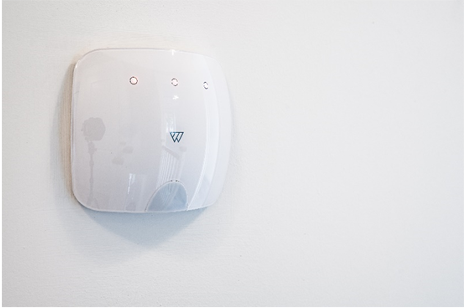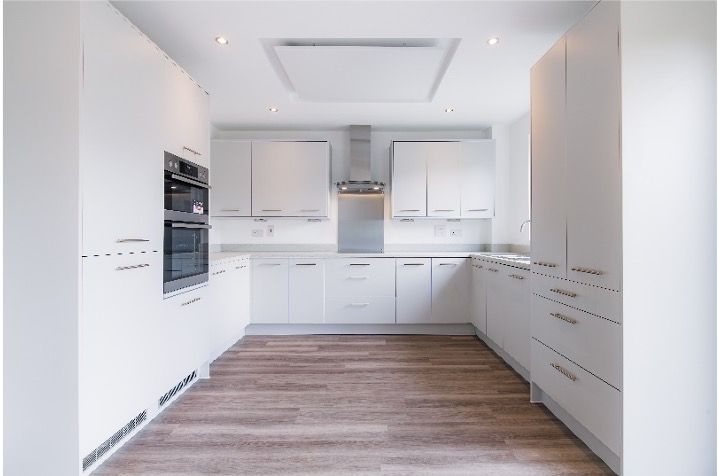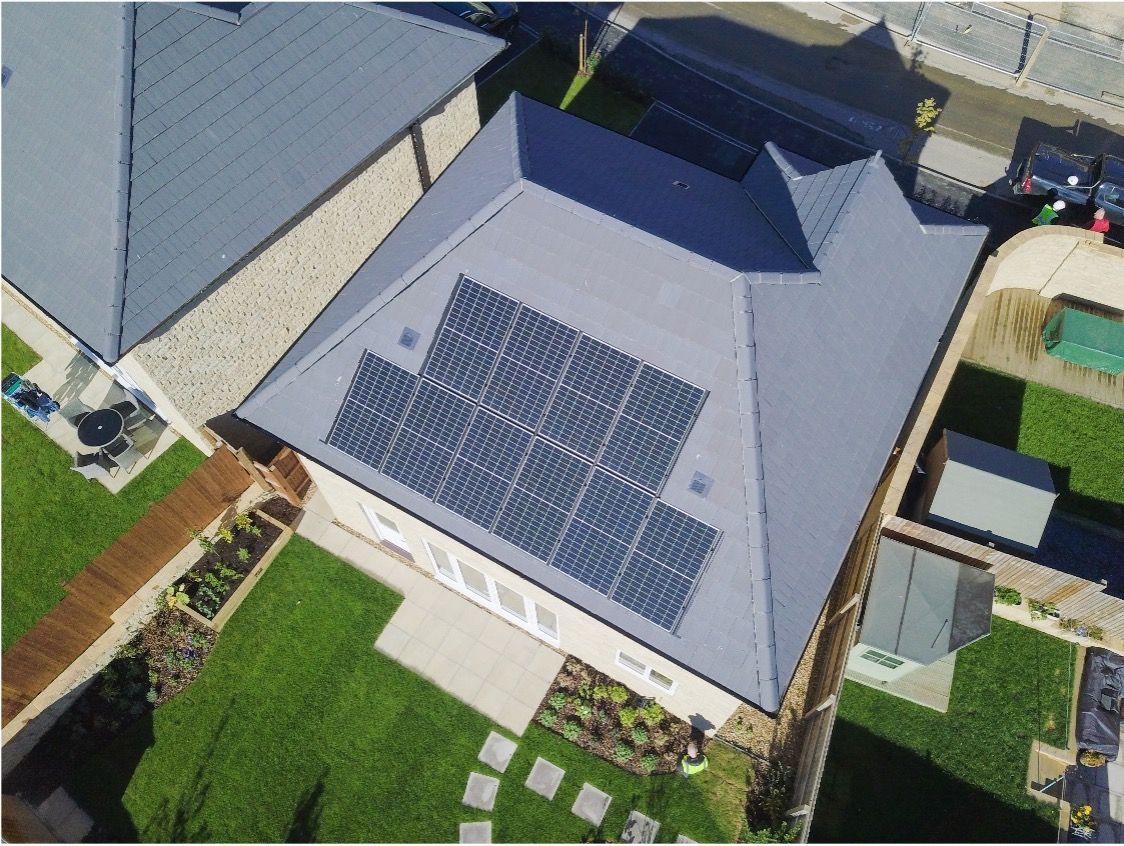Langley Grange
Updated: 11 July 2024
Location: Scissett
Developer: Redrow
Number of units: 1 house
Aim(s) of Project: Wondrwall Product Trial: Assess technical implications on design and installation. Gather customer feedback on perception of technologies used.
Construction method: Masonry
Energy Compliance method: SAP 2012
Overheating compliance method: N/A (Pre Part O)
Construction start: December 2019
Construction finish: September 2021

Overview of Project and Specification
The project was designed to better understand the feasibility of adopting technology to:
- Deliver Redrow’s drive towards fossil fuel free homes,
- Provide a better product and more efficiency home for our customers,
- Align with future carbon reduction requirements in building regulations,
- Support Redrow’s target to be net-zero carbon.
A trial was undertaken to test the claimed benefits of the Wondrwall Infrared heating system with solar panels. The system provided a gas-free heating and energy system which used IR panel heating supported by PV, battery storage and AI home automation under real life conditions. The trail also aimed to assess the customer experience and to better understand the potential adoption of the technology in future Redrow house designs.


Key learnings
- The project demonstrated that the technology provided through the Wondrwall system achieved reductions in energy consumption along with subsequence reductions in carbon emissions and running costs. Customer experience was good.
- The running cost benefits were driven by the PV installation and storage of off-peak electricity in the battery storage. These costs efficiencies resulted in the full Wondrwall system delivering a payback within 6 to 7 years.
- The project identified that the SAP calculations (at time of the trial) did not allow for the home automation benefits and occupancy and zonal heating.


